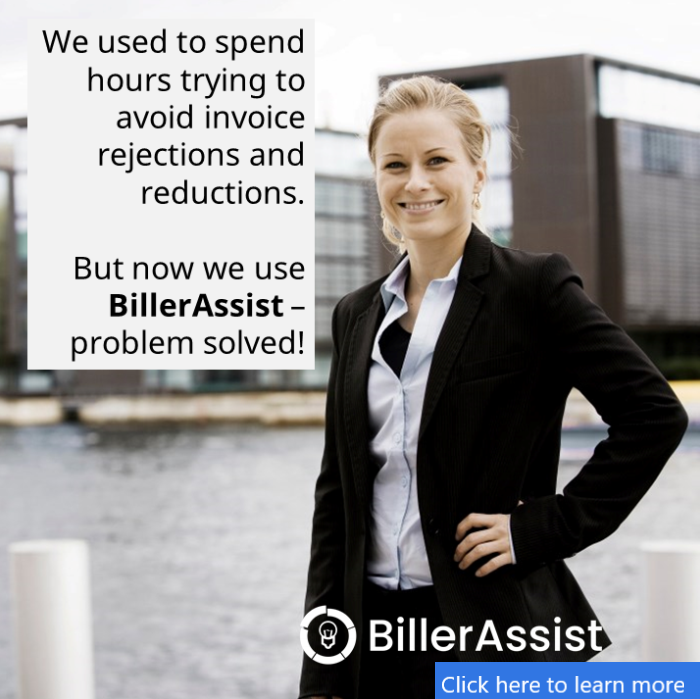Save Time, Money, and Aggravation by Automating Manual Processes
Artificial intelligence (AI) and machine learning have heightened the effectiveness of legal technology considerably. They allow firms to automate previously manual processes, thereby reducing overhead expenses significantly.
Moreover, with shorter execution timelines allowing employees to efficiently tackle more work, the end result is markedly improved productivity.
While once apprehensive about technological sprawl, the legal field has come to embrace the numerous benefits it provides.
Advancing legal tech has provided smaller firms a stronger chance at viability by consolidating the manual work of multiple employees into automated processes.
According to the McKinsey Global Institute, approximately 23% of an attorney’s tasks can be automated using existing technology. This additional time and effort can be spent providing better service to clients or concentrating on acquiring new ones to make sure the firm’s business is continually growing.
Time Entries
Keeping meticulous track of how many hours an attorney works is paramount to their job. It is still the most common method for charging for legal services. Entering that time accurately and providing a coherent description of what the work entailed is important, as it communicates to the client for what they are paying.
Though both these tasks are critical to successfully running a practice, they are also extremely time-consuming and often prone to human error.
Marie Burgess of Aderant puts it plainly, “lawyers work on multiple matters often for multiple clients on any given day. It’s time-consuming and challenging to reconstruct what they worked on at the end of a long day… This may well compound the problem because many of us have a hard time remembering what we did yesterday, let alone what we did last week, or even several weeks ago.”
Additionally, according to a recent Aderant survey, a majority of firms report that it takes them up to 2 weeks or more to clean up their invoices before they are ready to be sent to clients.
Automation offers a practical solution to the issue of inefficient time entry. Instead of tracking and entry being two separate tasks, new legal tech tools work to streamline the process as a whole.
The AI and machine learning components help improve accuracy by reducing human error and provide clients with increased transparency.
In fact, there are applications available right now that do just that. In fact, smaller firms have seen an average of 34% profitability increase using time entry automation software.
Task Coding
If you’re a firm that deals primarily with institutional and corporate clients, just thinking about manual task coding likely raises your frustration level. Fortunately, this too can be automated.
The Unified Task-Based Management System and the Legal Electronic Data Exchange Standard brought standardization and transparency to the previously nebulous art of billing. They were so successful that most institutional and corporate clients require their use from the firms that represent them.
Unfortunately, the manual application of these codes is monumentally tedious; so much so that law practice management company Rocket Matter reports as much as 30% of law firm work goes uncollected because of the difficulties associated with compliance with UTBMS coding and LEDES formatting.
The drop-down boxes used to select the corresponding task or expense may not seem difficult on a small scale. However, as the number of entries rises it can become a major hassle.
Not only that, but the repetitive system of searching for and selecting the proper code prone to human error.
This means that copious hours can be sunk into coding, only for the invoice to be rejected because of unintentional mistakes.
Fortuitously, it is the very repetitive nature of the process that makes it prime for automation. Applications can now automatically code billing entries as they are entered, or pre-entered entries can be coded all at once.
Again, this legal technology saves time, resources, and in this case, quite a bit of tedious hassle and aggravation.
Contracts
Manually reviewing contracts or other pertinent documents is a time-consuming and laborious practice. Because of the nature of the business, an attorney must make sure they don’t miss a single detail that could benefit or hamper their client. This equates to poring over lengthy documents, often multiple times. As such, it should be no surprise that document review was one of the first areas legal tech decided to tackle.
The process can be automated entirely using legal tech tools like Kira Systems. Making use of both AI and machine learning these tech tools can review documents in a fraction of the time. Because the process is automatic, other work can be done simultaneously, instantly improving productivity. Furthermore, the potential for human error is significantly curtailed.
New users reported 20%-40% of the time they previously spent on document review; whereas experienced users have reported saving upwards of 90% of their time.
One client, using the Elevate legal service provider, was able to reallocate 5,000 hours that would have normally gone towards contract review and analysis. Monetarily, it saved this client around $500,000.
It’s faster and more accurate, making it difficult to see the downside for the firm or the client.
Review and analysis are only part of the contract equation. Guaranteeing and enforcing performance provides unique challenges of their own. While still not yet perfect in their execution, “Smart Contracts” offer a continuously improving solution.
With Smart Contracts, contract terms can be programmed and executed in a transparent and conflict-free manner using blockchain technology. More importantly, it cuts out the need for go-betweens, thereby saving both/all parties the money that would normally go to an intermediary.
Because exchanges carried out via blockchain create an immutable record, all transactions are immediately verifiable.
Moreover, exchanges through blockchain can be programmed to automatically release payment upon completion of preselected conditions.
Conclusion
Automating applicable manual tasks is just smart business. It saves money, time, and in many cases, aggravation. The effects are double by reinvesting that saved time and money into providing better representation of current clients and increase focus on finding new ones.
Moreover, the time is rapidly approaching where the use of these applications and technologies will be commonplace. Implement them now, while they still provide a competitive advantage.




